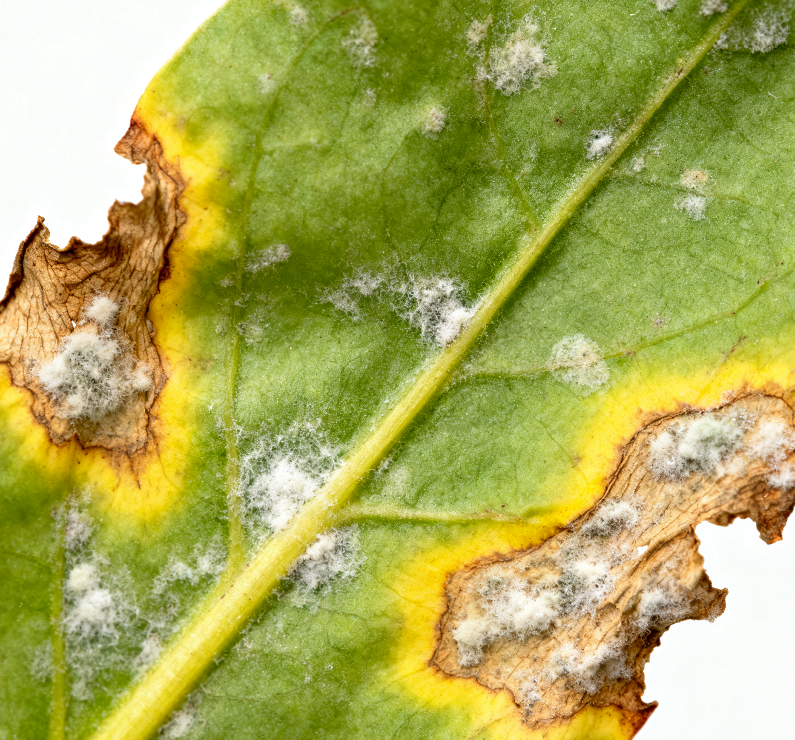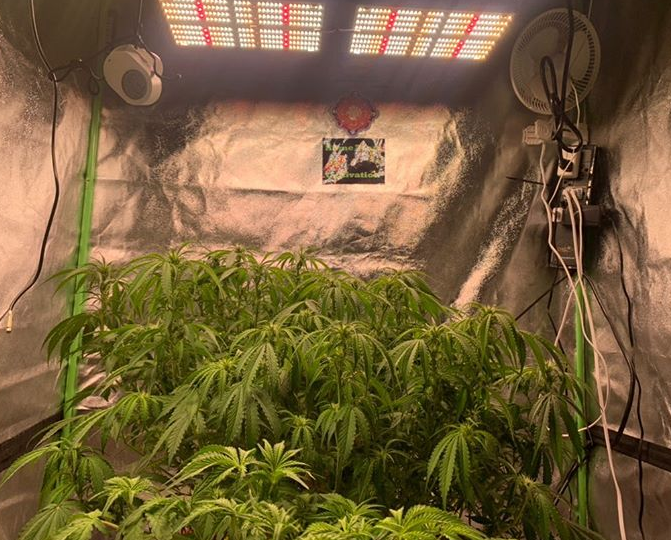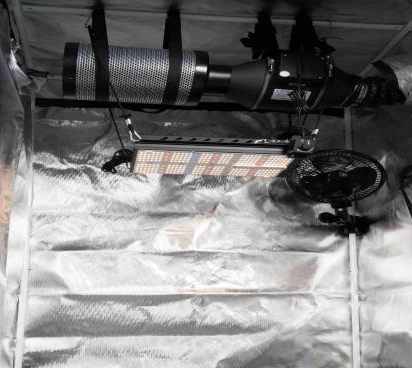Views: 15 Author: ICEVER-Nancy Publish Time: 2025-10-16 Origin: ICEVER

Humidity is a critical environmental factor in a grow tent, second only to light and temperature. It directly impacts plant transpiration, nutrient absorption, and disease incidence. To maintain optimal plant growth, growers need to understand the humidity requirements of different plants, identify potential problems caused by high humidity, and master effective control methods. This article will systematically explain how to scientifically control humidity in a grow tent from these three perspectives.
Different plants require different humidity levels.
Most indoor foliage plants thrive at 50–70% RH, succulents and cacti prefer drier air (30–50%), while tropical plants such as orchids and ferns need higher humidity (70–85%).
| Plant Type | Example | Ideal Humidity (%) | Notes |
| Foliage Plants Po | thos, Spider Plant, Monstera | 50–70 | Prefer humidity but need airflow |
| Succulents | Cactus, Haworthia | 30–50 | Avoid excess moisture |
| Flowering Plants | Clivia, Orchid | 60–80 | Too dry may cause bud drop |
| Herbs | Mint, Basil | 50–70 | Grow faster in moderate humidity |
| Fruits/Vegetables | Tomato, Strawberry | 60–80 | Excess humidity causes disease |
Excessive humidity can cause multiple problems in a grow tent, including fungal diseases, pest infestations, and reduced nutrient absorption.



Prolonged moisture on leaves promotes fungal growth such as powdery mildew and gray mold, leading to leaf spots and decay.


High humidity attracts aphids, mites, and whiteflies that thrive in moist environments and damage plant tissues.

When air is too humid, transpiration slows down, disrupting nutrient transport and causing yellow, soft, or stunted leaves.
Maintaining proper humidity requires balancing airflow, temperature, watering techniques, natural dehumidification, and continuous monitoring.
Install Inline duct fan: Use exhaust fans to remove humid air and intake fans to bring in fresh air, maintaining circulation.
Use Clip fan: Place oscillating fans inside the tent to prevent moisture buildup in corners and around leaves.


Use Air Conditioning or Cooling Systems: Control temperature to balance humidity levels, avoiding condensation and excessive heat.
| Category | Description | Key Advantages |
Drip or Automatic Irrigation Systems | Provide precise, controlled watering to prevent overwatering and humidity rise. | • Quantified delivery prevents waterlogging • Automated control for on-demand irrigation • Direct-to-root delivery minimizes evaporation • Integrated smart monitoring achieves closed-loop management |
Smart Pots or Fabric Containers | Improve drainage and air pruning, reducing excess water retention. | • Enhances root aeration and breathing • Prevents root rot • Promotes natural root pruning • Enables smart monitoring and adjustment • Works well with tray systems for maintenance |
|
|
|
| Natural Dehumidifiers: Use charcoal blocks or desiccant stones to absorb excess moisture. | Charcoal or Rice: Common household materials with effective moisture absorption. | Silica Gel Buckets: Strong absorbent capacity for long-term humidity control. |
Hygrometer or Humidity Sensor: Accurately measure and record humidity levels. Advanced models integrate with smart systems for automatic adjustments.
Controlling humidity in a grow tent is essential for healthy plant growth. Through proper ventilation, temperature management, precise watering, natural dehumidification, and real-time monitoring, growers can create a balanced environment that minimizes disease risks and maximizes plant vitality.